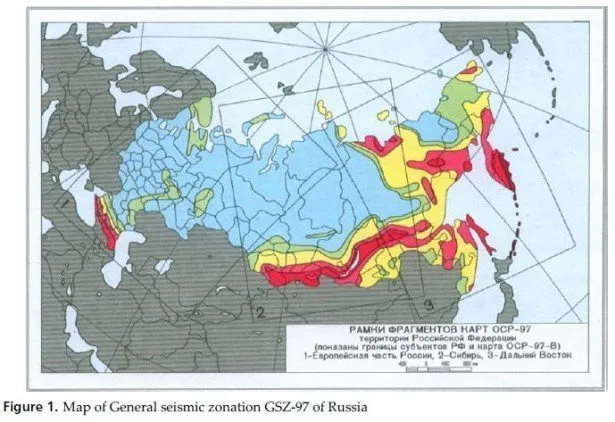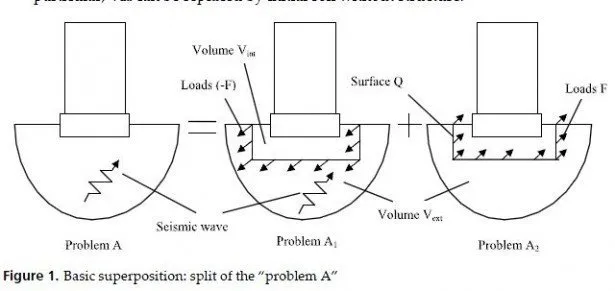Although numerous collapses and structural damage to minarets and mosques were documented after strong earthquakes, only few researchers investigated the seismic behavior and performance of minarets (Sezen et al. 2008, Portioli et al. 2011, Turk and Cosgun 2012, Altunisik 2012, Oliveira et al. 2012). It is essential to understand the dynamic behavior of these structures to improve the life safety and to preserve and strengthen the historical monumental structures. In this research, as an example, dynamic modeling and seismic analysis of unreinforced masonry minarets is presented.
Recently, a study was conducted by the authors to investigate the seismic response of reinforced concrete (RC) and masonry minarets (Dogangun et al. 2008, and Sezen et al. 2008).
Modal analysis and dynamic time history analyses were conducted. Strength and deformation capacities of the RC and unreinforced masonry models are influenced by unique differences in material properties, including weight, modulus elasticity, and Poissons ratio. For example, the flexural strength of an unreinforced masonry model is significantly lower as the reinforcing steel in a similar RC model provides tensile resistance. While Sezen et al. 2008 investigates distinct parameters affecting the behavior of RC minarets using a single model, the example presented below examines the effect of masonry material properties and minaret height on the minaret response using three different models. Detailed modeling properties and analysis
results are presented in Dogangun et al. (2008).
Although the height of a minaret varies greatly depending on many factors such as the location or construction materials used, the height of a typical minaret with a single balcony over its height is about 20 to 25 m. In this research, two generic minarets with a height of 25 and 30 m and double balconies (Minaret I and Minaret II) and another 20 m tall minaret with a single balcony (Minaret III) were modeled and analyzed. As shown in Figures 11 and 12, only the height of the cylindrical minaret body was varied while the geometrical properties of the base or boot, transition segment, balconies and conical cap were kept the same in all three models. It should be noted that not all conical caps at the top of the masonry minarets are constructed using masonry materials. For uniformity, all minarets including the conical caps are modeled with the same masonry material in this study. The finite element models of the three minarets are shown in Figure 12, and significant mode shapes of a typical minaret are shown in Figure 13 (Sezen et al. 2008). The computer program, ANSYS was used to model and analyze the minarets (see Dogangun et al. 2008 for details). In the models, the modulus of elasticity of uncracked section, Poissons ratio and unit weight of masonry material (ordinary limestone) are taken as 3000 MPa, 0.2, and 20 kN/m3, respectively. In the models, linear elastic material models and five percent damping ratio is used in all dynamic time history analyses. It is assumed that the minaret is located in a high seismic region Zone 1 in Turkish Earthquake Code (TEC, 2007). Considering the TEC, a structural behavior factor, R of 3 and an importance factor, I of 1.2 can be used for such structures.
Dynamic time history analyses are carried out for each minaret model using two ground motions recorded during the 12 November, 1999 Duzce and 17 August, 1999 Kocaeli earthquakes (see Dogangun et al. 2008 for details). The input ground motion was applied only in one horizontal direction. The modal periods of the minaret models (calculated from the modal analysis) and their contribution to the total dynamic response are calculated. The modal periods are greatly affected by the height of the minaret which affects the total mass and flexural stiffness. The calculated first or fundamental periods were 1.41, 0.90, and 0.51 seconds for the minaret models I, II, and III, respectively. The calculated modal response quantities indicate that the contribution of higher mode effects to total dynamic response is significant. The first mode contribution to the total response is about 47 or 49 percent. The torsional or the fifth mode has virtually no effect on the total response of the almost symmetrical minaret structures.




Figure 14 shows the calculated maximum elastic lateral displacement distribution along the length of three minaret models subjected to 1999 Duzce and Kocaeli earthquake ground motions. As shown in Figure 14 the deflected shapes of the minarets appear to show flexure dominated response with the largest displacements calculated at the top. Although the minarets act as cantilevers, the deformations are much smaller over the height of relatively stiff 6 m high base or boot. The displacements start to increase above the transition segment at about 8 m from ground level. The maximum dynamic displacement of Minaret I is 88% larger for the Kocaeli input motion (0.291 m) than that for the Duzce ground motion (0.154 m), although the maximum acceleration of the Duzce motion was larger. For the other two shorter minarets Minaret I and II, the maximum calculated displacements are larger for the Duzce ground motion. The maximum dynamic lateral displacement of 0.29 m calculated for the 30 m tall minaret under Kocaeli earthquake exceeds the TEC (2007) code limit of 0.20 m for the Minaret I model (Dogangun et al. 2008).
The most critical axial stress contours calculated during the dynamic analysis of minaret models are shown in Figure 15. The maximum tensile and compressive stresses occur at a height of 8 m, immediately above the transition zone (Figure 12). This is consistent with the most common minaret failure mode observed in the field after the earthquakes (Figures 7a, 8a and 8b). The minaret models used here were stand-alone fixed-ended cantilevers, which did have any lateral support over their height. Nevertheless, in some cases one side of the minaret boot or base (bottom 6 m of the minaret models) are supported by or attached to the mosque structure (Type II in Table 4, e.g., Figures 8a and 8b). Such a partial lateral support, even on one side, provides added stiffness near the bottom of the minaret. This will further increase failure potential at the top of the transition zone as shown in Figures 7a, 8a, 8b and 14.




